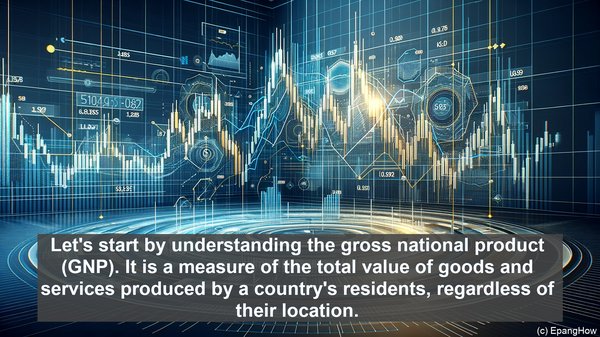Introduction: The Indispensable Role of Economic Indicators
Hello everyone, and welcome to our article on the net national product (NNP) and the gross national product (GNP). In the realm of economics, these two indicators hold immense importance as they provide insights into a nation’s economic performance. While they may seem similar at first glance, there are crucial distinctions that we’ll explore in this article.
Defining the Gross National Product (GNP)
Let’s start by understanding the gross national product (GNP). It is a measure of the total value of goods and services produced by a country’s residents, regardless of their location. In other words, it takes into account the economic output of a nation’s citizens, both within and outside its borders. This includes not only the production within the country but also the income generated by its citizens working abroad.

Unpacking the Net National Product (NNP)
Now, let’s move on to the net national product (NNP). While the GNP provides a comprehensive view of a nation’s economic output, the NNP takes into account the depreciation or wear and tear of capital goods. It is calculated by subtracting the depreciation from the GNP. This adjustment is crucial as it reflects the actual value of the goods and services produced, accounting for the capital used in the production process.
The Significance of the NNP-GNP Difference
The difference between the NNP and the GNP holds significant implications. A positive difference indicates that a nation’s capital stock is growing, as the value of the goods and services produced exceeds the depreciation. On the other hand, a negative difference suggests that the capital stock is declining. This can be a cause for concern, as it may indicate inadequate investment in maintaining or upgrading the capital goods.

Comparing NNP and GNP: A Measure of Economic Welfare
While the GNP provides a measure of a nation’s economic output, the NNP offers insights into the economic welfare of its citizens. By accounting for depreciation, the NNP gives a more accurate picture of the available resources for consumption, investment, and future economic growth. It helps policymakers gauge the sustainability of the current economic trajectory and make informed decisions regarding resource allocation and development strategies.
